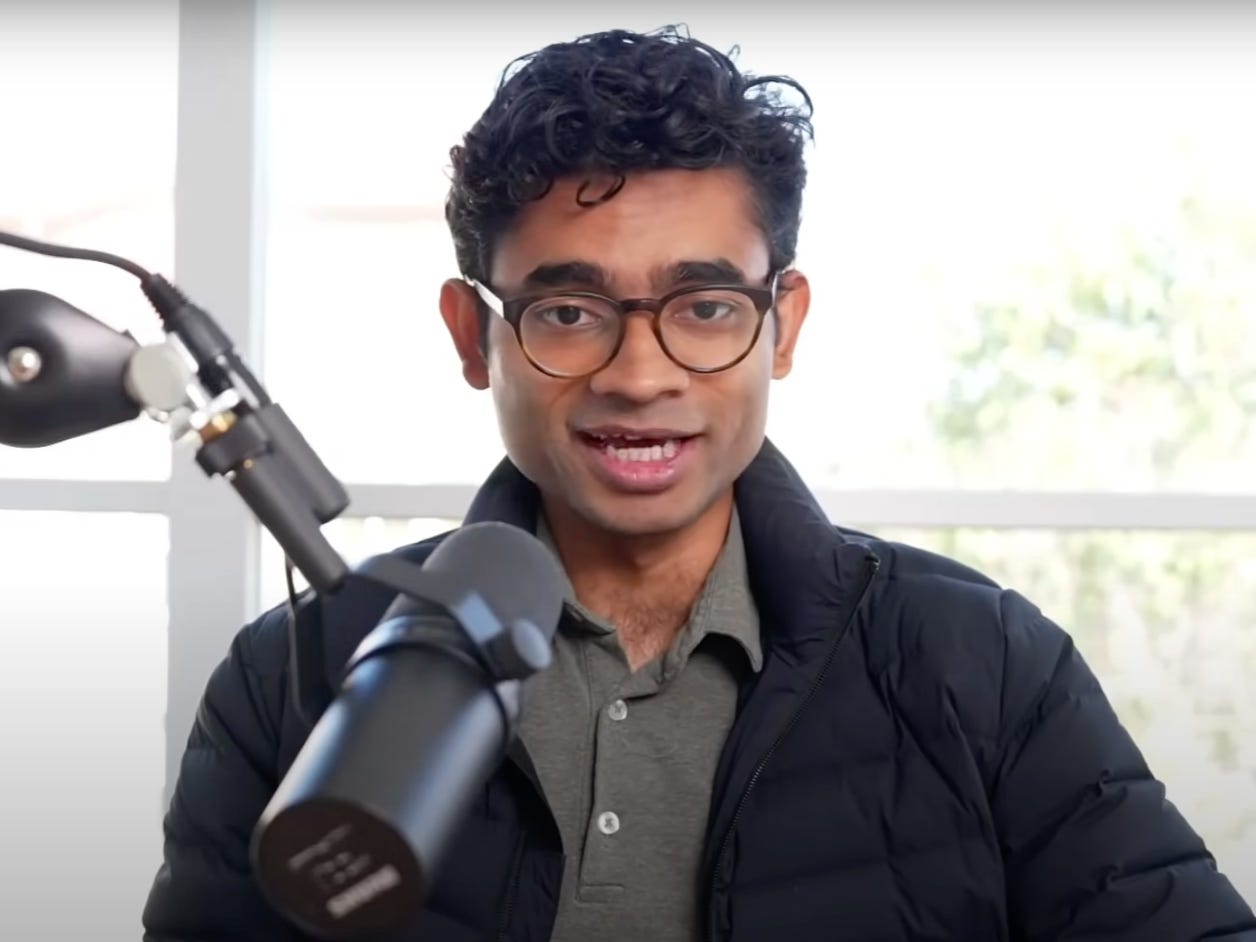Ohio lawmakers want to regulate images and sounds made by artificial intelligence, including making simulated child pornography made with AI illegal.
This is the second time state Sens. Bill Blessing, R-Colerain Twp., and Terry Johnson, R-McDermott, have introduced this legislation. Along with
Senate Bill 163’s
rules against child pornography, it would require images and sounds made with AI to include a watermark and it would also prohibit identity fraud with AI.
Blessing pointed out that existing statutes concerning child pornography have gaps allowing individuals to produce AI-generated child pornography as long as it doesn’t directly replicate a specific real person. Present laws mandate having actual images of children to charge someone with creating or distributing child exploitation materials. Since AI-generated imagery isn’t considered a “real photograph,” this creates an opening that can be exploited through such technology.
Blessing mentioned that Ohio Attorney General Dave Yost contacted the General Assembly to address this deficiency in Ohio legislation.
“If you’re involved in distributing child pornography, whether it’s AI-generated or not, it amounts to the same issue,” he stated.
According to SB 163, producing or disseminating fake pornographic content, such as child exploitation imagery, would classify as a third-degree felony. Meanwhile, purchasing or holding onto this kind of material would be categorized as a fourth-degree felony.
The legislation would additionally forbid individuals from producing explicit pictures of adults unless they have obtained that person’s permission.
An AI watermark
A clause in the legislation mandates that AI systems must incorporate a recognizable watermark alerting viewers or listeners that the content they are experiencing has been generated by an AI program.
Blessing mentioned that the watermark wouldn’t be obtrusive and would be simple for businesses to integrate. Rather than being noticeable within an AI-created image or audible in AI-produced audio, this watermark would remain imperceptible to human senses and only identifiable through detection by another machine.
This information would be stored within the file’s metadata and utilized to trace the source of AI-generated images and audio. Under SB 163, both residents and the attorney general could take legal action against AI creators for failing to include such watermarks and also pursue compensation from those who deliberately remove them.
Six firms and advocacy organizations, such as Technet which represents tech businesses, endorsed opposition statements from the prior iteration of the legislation last year. While they recognized the risks associated with artificial intelligence, these entities argued that corporations are adequately addressing harmful applications like content related to child sexual exploitation.
They also mentioned that implementing a watermark might not currently be achievable with existing technology. Interest groups contended that the rules suggested by the bill could hinder progress and innovation.
Identity fraud
Should the legislation become law, individuals would have the right to pursue legal action against those who utilize artificial intelligence to mimic another person’s identity for the purpose of damaging their reputation or committing fraud. Additionally, they would be empowered to act if someone employed another individual’s persona to influence a financial choice requiring that person’s consent.
Going forward, we will see a significant amount of legislation in this area, which is appropriate since this issue shouldn’t be solely determined by market forces as some of my peers argue,” Blessing stated. “I prefer having a structured regulatory framework for this sector instead of relying only on judicial processes or whatever unpredictable outcomes might occur.
Donovan Hunt
is a member of the E.W. Scripps School of Journalism’s Statehouse News Bureau.
The article initially appeared in The Columbus Dispatch.
Ohio senators want to crack down on child pornography created with AI
